Motorcycle Investor mag
Subscribe to our free email news
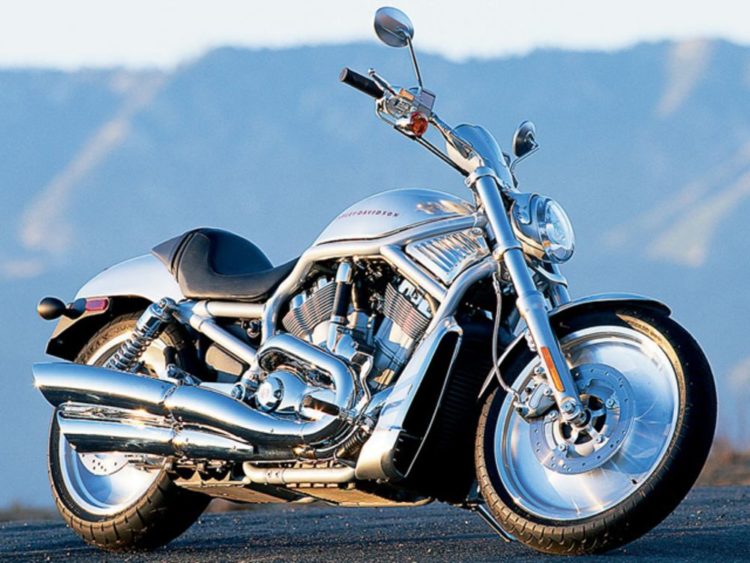
Future collectibles: Harley-Davidson V-Rod
(by Guy 'Guido' Allen, August 2021)
Harley-Davidson’s V-Rod project was hugely expensive, but good examples are now very reasonably priced
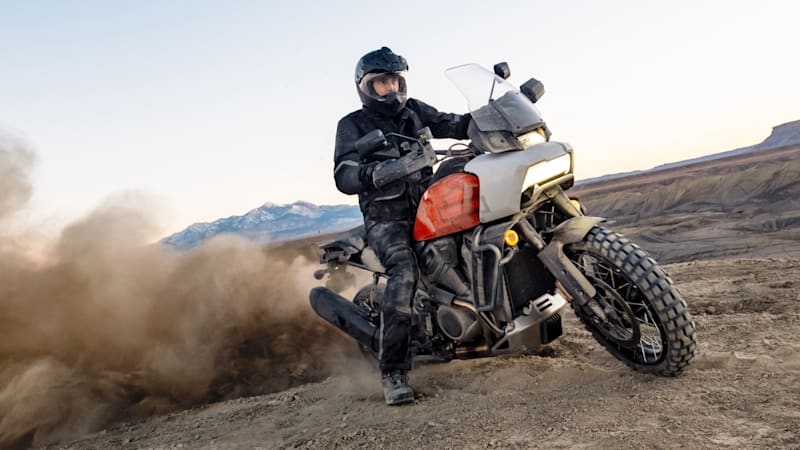
With Harley-Davidson’s recent launch of the Revolution Max engine series, so far in the Pan America (above) and new Sporster, now seems like a good time to take a squiz at its first-gen liquid cooled series.
H-D’s V-Rod series had, by any measure, an exceptionally long gestation period. You can trace its history back to the mid-1980s when discussions were underway about what, if anything might pick up where the air-cooled XR-powered Lucifer’s Hammer had just left off.
It was a turbulent time for the Motor Company, which was in the throes of a battle for its very survival after a management buyout that included the high-profile scion of one of the founding families, Willie G Davidson.
With input from a host of people, including most notably Erik Buell, the firm decided to back the development of a liquid-cooled race bike, aimed to tackle the AMA superbike class which then allowed one-litre twins to race 750cc inline fours.
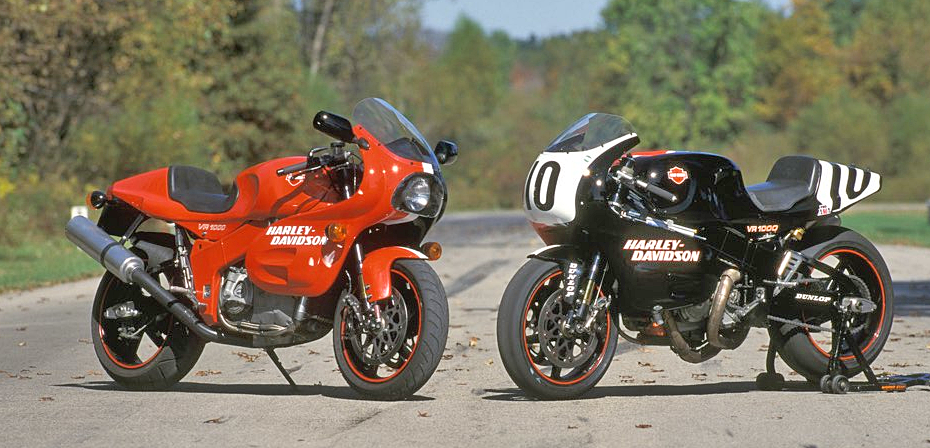
By 1991 there was a running prototype of the VR1000 using a twin beam aluminium frame undergoing testing. However to meet American Motorcyclist Association rules, the company needed to produce a minimum 50 road-legal examples. This was done, with the machine helped through TUV certification in, of all places, Germany.
And yes, you could buy one in 1994, at a sobering US$50,000. That was Au$65,000 at the time, or (certainly by the time you imported one) about the cost of four Dyna Super Glides.
Its 60-degree four-valve V-twin claimed 135 horses at the crank, which translated to a measured 115 at the back wheel.
As for the race machines, they had a rough time. By all reports they handled well, but the several years of delays in making it on to the track meant they were immediately overtaken by their rivals in the power stakes. The VR track bike is said to have made about 150 horses. Plus, the race team (under several different management regimes) always seemed to be struggling to match the more consistent progress and titanic amounts of money spent by various rivals – particularly Ducati.
In between a host of good performances – often in the top five –there were some great ones where the VR seemed to have a talent for being robbed of a win through just plain bad luck. Finally, in 2001, the factory withdrew its support.
That, as it turned out, was the year the V-Rod power cruiser (or ‘performance custom’ as Willie G preferred to call it) was launched.
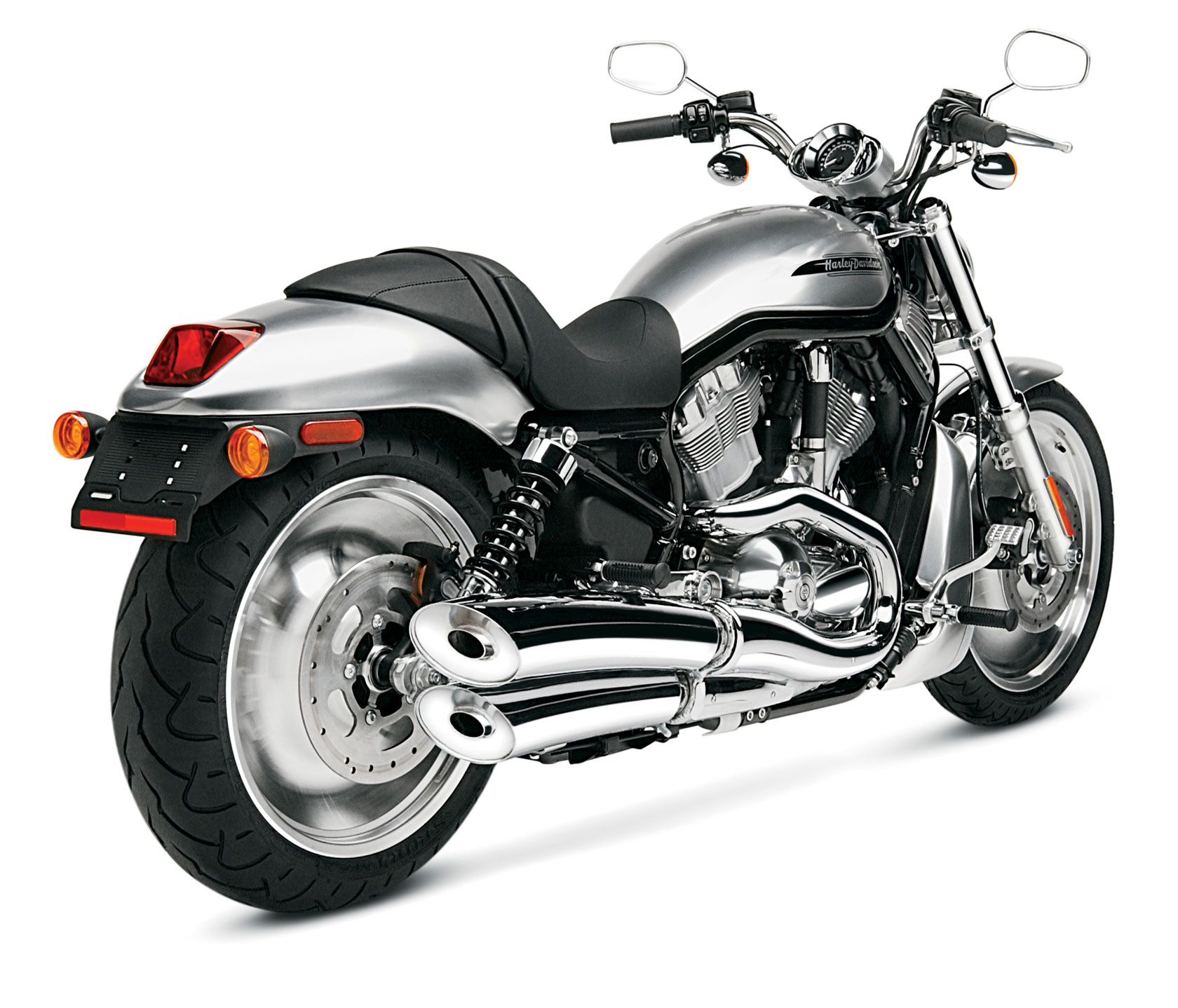
In his book 100 Years of Harley-Davidson (well worth getting), Willie G revealed how the V-Rod came about: “Lake Geneva, Wisconsin, May 1995. Core Harley-Davidson people from the styling, engineering, manufacturing, purchasing and marketing departments are gathered at a confidential offsite project meeting to discuss what we call a ‘new direction’ for a new vehicle. This is a crucial stage to getting a totally original platform off the ground.”
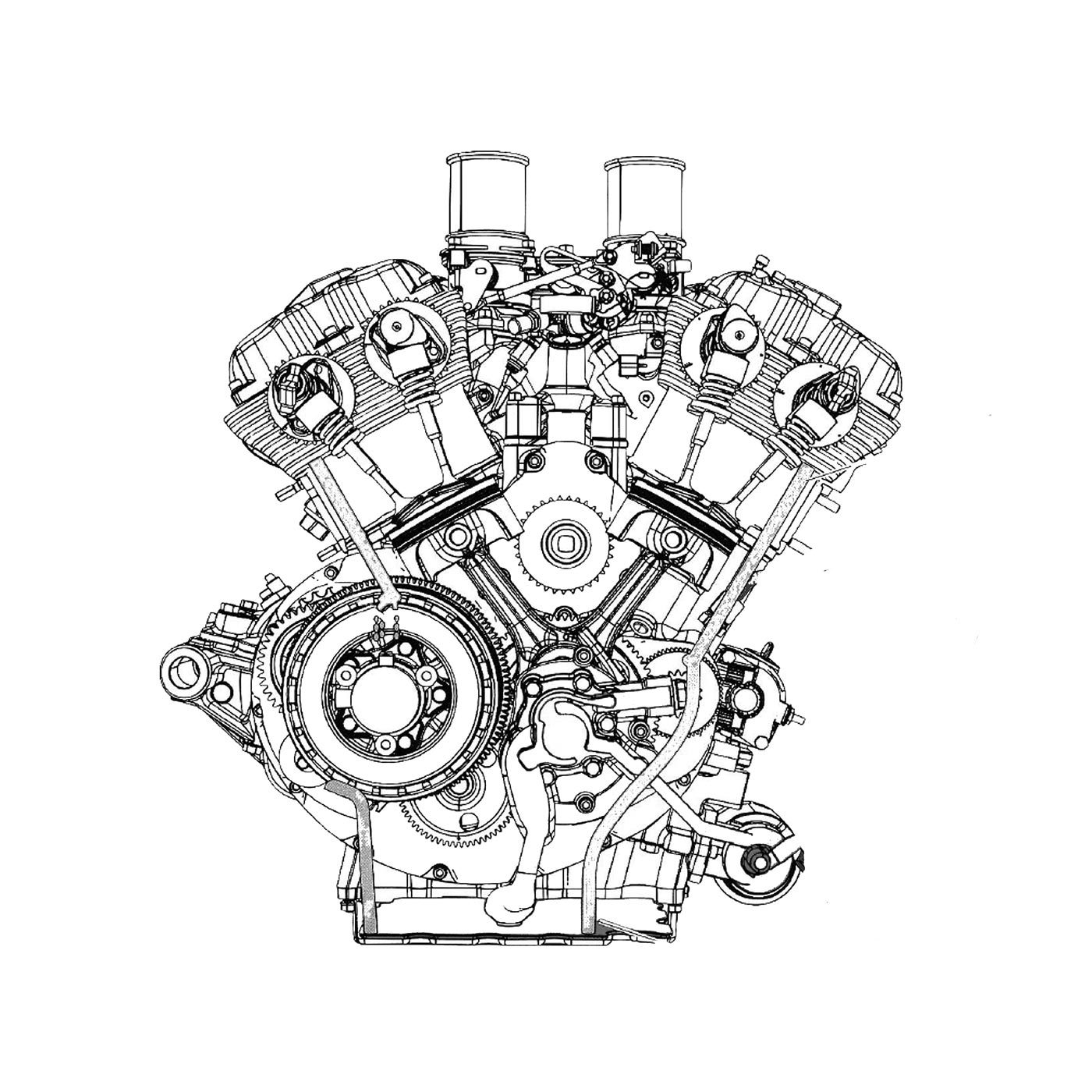
He went on to discuss some of the characteristics the new project had to have, if it was to fit into the corporate culture. Apart from (obviously) having a V-twin powerplant it had to have more performance than its air-cooled stable mates while delivering strong low-end torque. “On the performance side we set a goal of creating an acceleration feel of one G,” he said.
“By the time we left Lake Geneva, we were determined to go through with the platform, though we knew the costs and risks would be high,” he added. The project was intended to have a drag bike look about it, and was code-named 'Digger'."
While the VR1000 was unquestionably the source of the thinking and much of the engineering knowledge behind the V-Rod, it’s said the two motors have not a single part in common.
In fact, much of the development was not done by Harley, but Porsche Engineering Services. Why? Because H-D’s engineering team was already up to its neck in development work in the Twin Cam 88 series and simply didn’t have enough arms and legs to do both. While H-D was clearly intimately involved, the outside assistance was crucial.
Willie G describes riding a prototype in 1998 and feeling they were getting close. In the end, test tracks in the USA and Germany were used before the V-Rod was finally launched in June 2001 for the 2002 model year. Its full nomenclature was VRSCA V-Rod. The VR tied it to the race bike, while SC stood for Street Custom.

That H-D would launch a liquid-cooled road machine was huge news at the time. Many believed the rumours were tripe and that it would never happen. Motorcyclist magazine in the USA went with the simple launch report cover line, Cold Day in Hell! Very apt.
Once the dust from the launch had settled, what was it actually like to ride? Without question, the big highlight was that engine. It had loads of low-down urge, was very willing to rev – and in fact smoothed out nicely when you gave it a fistful of throttle.
Most impressive, the 115 claimed horses at the crank felt about right. That made it almost twice as powerful as any stock air-cooled H-D of the day and – despite the considerable weight of 270kg dry – some serious straight-line performance.
For performance hounds, here at last was a Harley that was great fun to ride. The gearbox was slick enough and the engine loved to play.

And the drawbacks? The fact it was so low slung restricted the cornering clearance, even when you went to the trouble of raising your heels out of the way on those forward-mounted pegs.
The steering was a little odd, as was the front end architecture where the steering head was raked at 34 degrees and the fork at an obtuse 38 degrees. You soon grew accustomed to the feel.
Braking was strong, while the suspension was acceptable rather than great.
Finish was probably a high point on these things. They looked fabulous and really stood out at the time, while the attention to detail was a step up from H-D’s previous efforts.
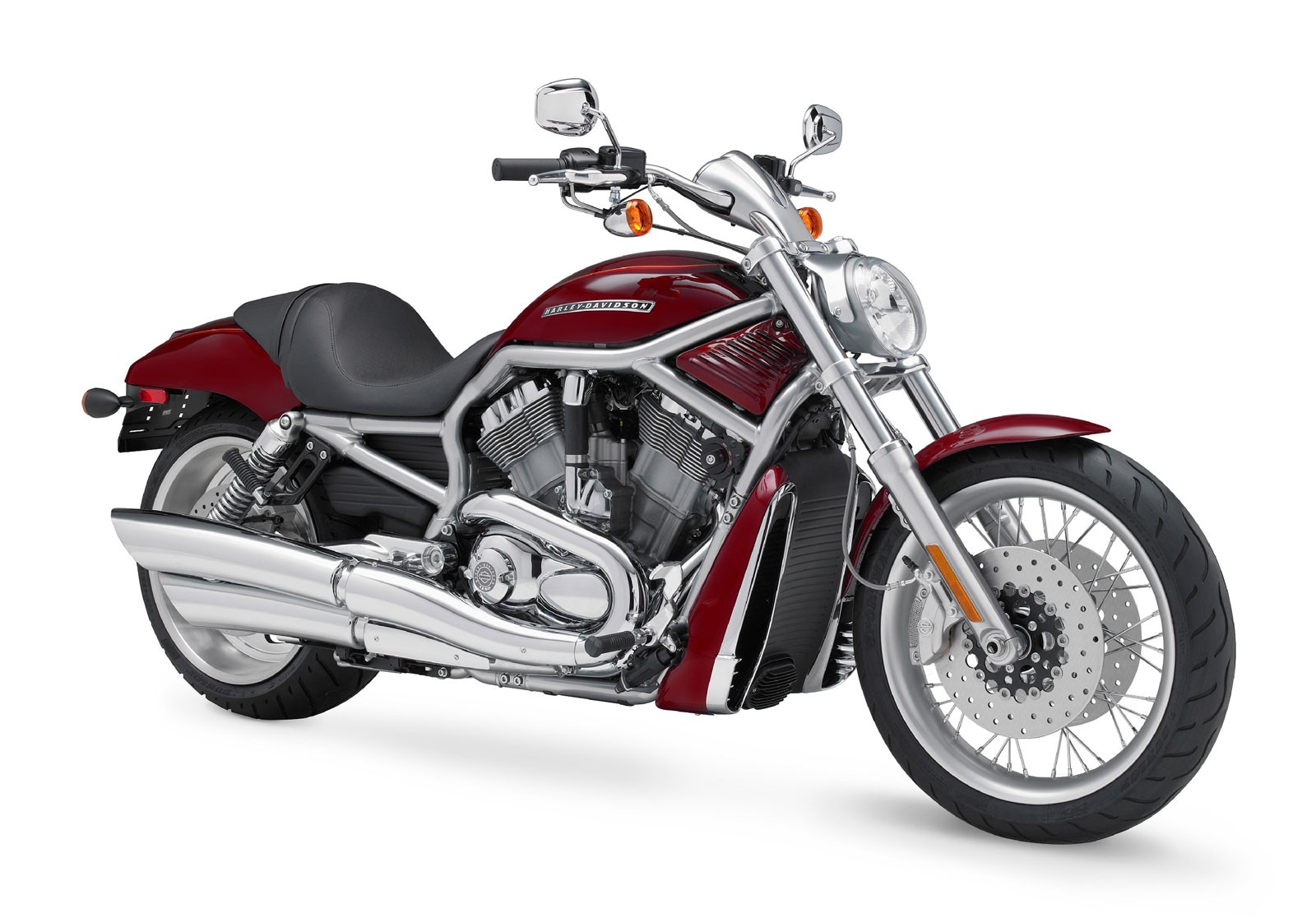
There was a hell of a lot to like about the V-Rod, though one wag pointed out that it was probably the best motorcycle Harley couldn’t sell. Without question, H-D’s traditional market looked askance at the newcomer and, initially at least, few people were prepared to pay the substantial entry price ($27 kay in Australia, when a 1200 Sportster cost around $15,000).
Incredibly, the V-Rod lasted well in the showrooms, with the last 2017 models (and the last ever) rolling off the production line in September 2016. Over time, there’s no question the model developed some market traction and an enthusiastic following. Though Harley had to be patient when it came to getting a return on its investment.
Inevitably the V-Rod was upgraded along the way, with the most significant shift being to a 1247cc engine in 2008, plus the gradual adoption of a much larger 240 rear tyre.
One thing that stands out over time is the original engineering must have been good. V-Rods have an enviable reputation for reliability. While you’ll see evidence of individual woes on owner forums, there is no pattern and major problems are rare. One tip consistently raised is it pays to keep an eye out for trim that may loosen through vibration.
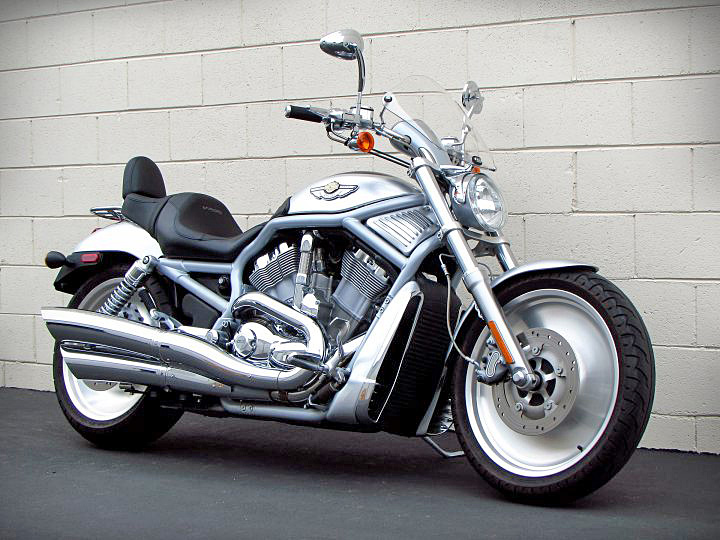
The model to have, from a collector point of view, is a stock VRSCA 2002-2003 model year (2001 to early 2003 build). Get one that’s unmolested and certainly without a 240 rear tyre conversion. Mid to high teens will get a very clean example and that seems like good value. I just can’t see the prices dropping much further.
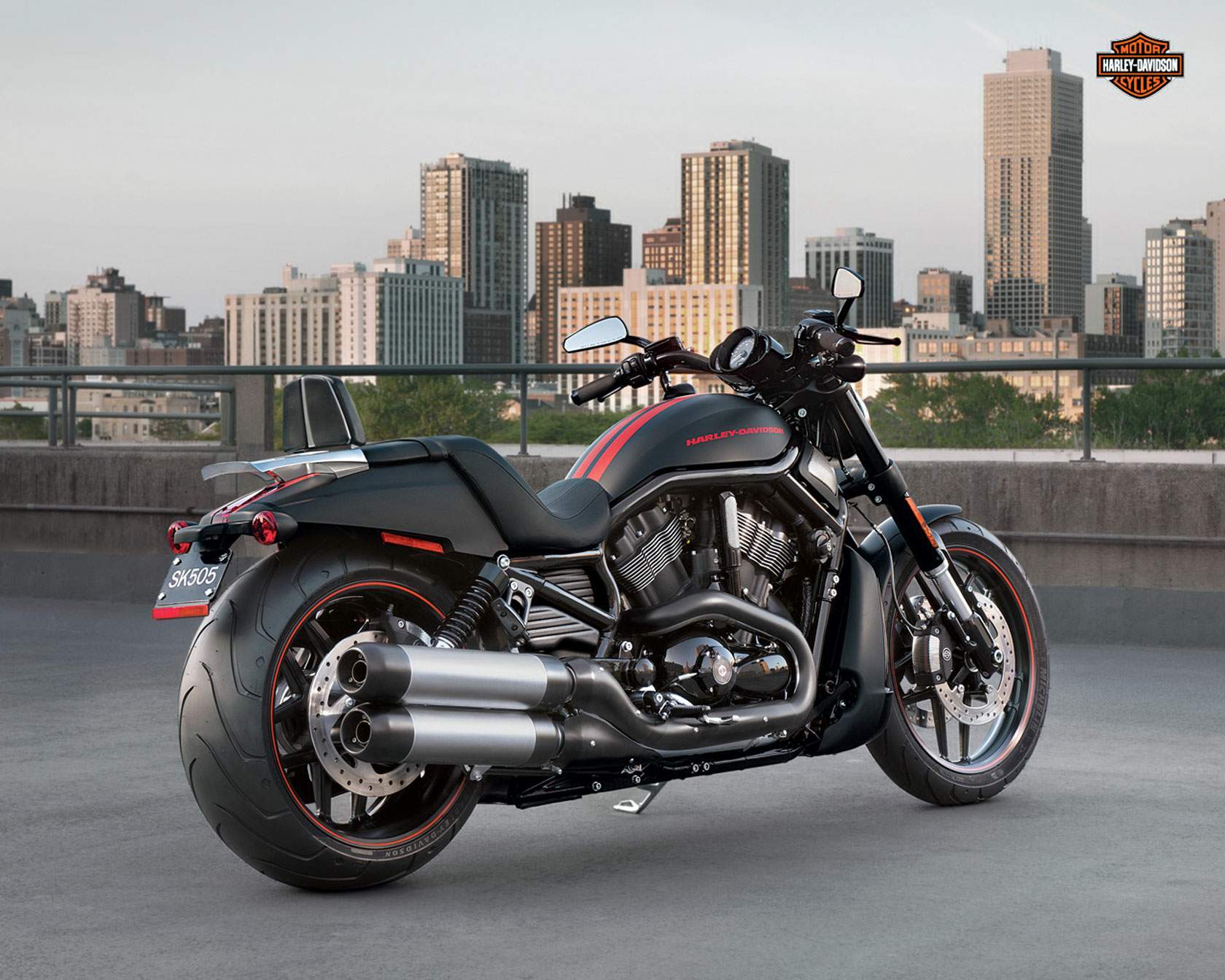
The next on my shopping list might be an early (2007-2008) VRSCDX, aka the Night Road Special. This was a premium model which also brought in the bigger engine and rear tyre. You’re probably looking at mid twenties at least for a good one.
But really, the VRSCA is the one to have, in my view. They were great fun to ride, are still a stand-out in the styling department and the current prices are reasonable. It also marks a hugely significant point in Harley-Davidson’s 110-plus year history: its first liquid-cooled road bike. That's something which has taken on greater significance, now we have a second generation.
***

The Destroyer
We can’t talk about H-D V-Rods without talking about the remarkable one-off model called the Destroyer.
This was a drag-strip special (not street legal), said to be good for eight-second times out of the box.
Released in 2006, it had numerous engine mods, including crank, cams, throttle bodies, air-shifter and so on. A total of 646 were made and a couple found there way to Australia.
Resources

100 years of Harley-Davidson
A must-have corporate history by WIllie G Davidson, Bullfinch Press
VR1000 history:
By Odd Bike and by far the best available resource online.
1130cc.com
US-based V-Rod owner forum with Australian discussion boards.
V-Rod Muscle Australia
Facebook group at facebook.com/vrodmuscleaustralia.
Good
Sweet motor
Lots of straight-line grunt
Nicely made
Not so good
Not great in corners
Heavy
SPECS:
HARLEY-DAVIDSON VRSCA V-Rod (2002)
ENGINE:
TYPE: Liquid-cooled, four-valves-per-cylinder, 60-degree V-twin
CAPACITY: 1130cc
BORE & STROKE: 100 x 72mm
COMPRESSION RATIO: 11.3:1
FUEL SYSTEM: Fuel injection
TRANSMISSION:
TYPE: Five-speed, constant-mesh,
FINAL DRIVE: Toothed belt
CHASSIS & RUNNING GEAR:
FRAME TYPE: Steel twin-tube cradle
FRONT SUSPENSION: Conventional telescopic fork, 100mm travel
REAR SUSPENSION: Preload-adjustable twin shocks, 60mm travel
FRONT BRAKE: Twin disc with four-piston caliper
REAR BRAKE: Single disc with four-piston caliper
DIMENSIONS & CAPACITIES:
DRY WEIGHT: 270kg
SEAT HEIGHT: 688mm
WHEELBASE: 1713mm
FUEL CAPACITY: 14lt
WHEELS & TYRES:
FRONT: Aluminium disc 120/70ZR-19
REAR: Aluminium disc 180/55ZR-18
PERFORMANCE:
POWER: 86kW @ 8250rpm
TORQUE: 114Nm @ 7000rpm
OTHER STUFF:
PRICE: $27,100 + ORC in 2001
-------------------------------------------------
Produced by AllMoto abn 61 400 694 722
Privacy: we do not collect cookies or any other data.

Archives
Contact





